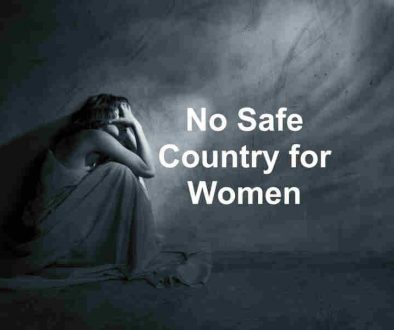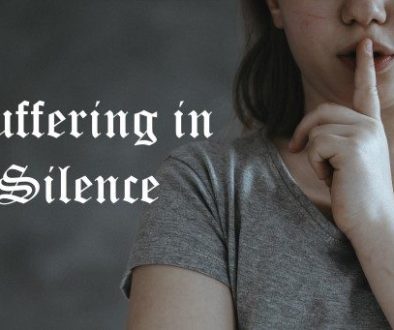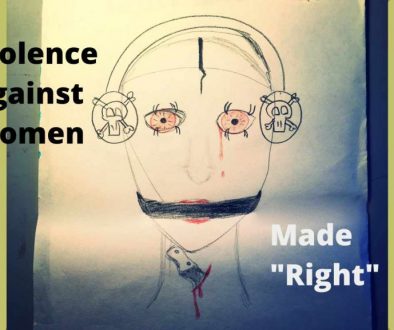You Should Just Get Over It…
We are all too familiar with the phrase “Get Over It”, aren’t we? Our parents have said it; our friends say it; and sometimes, we say it to other people.
Where does “Get Over It” come from? Why do we say it?
A couple of weeks ago, I was privileged to help a survivor friend through her PTSD episode. It was an intense experience being there for her and not losing myself in the process… It took a few hours and for those hours, I felt glued to her emotions, her experience and her pain…
When it was finally over, she said that she didn’t even remember saying the things that she did… and she didn’t remember what I had said to her either.
The experience stayed with me for a few days… There was a strong, almost uncontrollable, desire in me to pull her out of her PTSD attack. I felt helpless because I wasn’t able to help her… Part of me just wanted her to “Get Over It”…
They say that what goes around comes around. Last week, I was talking to one of my immediate family members. For the first time ever, I have now shared the identity of the person who abused me with my family (I will write a blog about it soon once I have processed it a bit more internally).
While I was sharing, my body was trembling; my voice was shaky, and my eyes were teary. He said to me “Ruby! you are still crying after all these years. You should let it go and move on… “. He was asking me to “Get Over It”.
His words pulled me right out of my vulnerability and my emotions. I felt that my emotions were not welcomed and not heard. I didn’t feel supported at all so I pulled myself right out of my vulnerable state and continued the conversation with a rationality that didn’t help our connection. I ended the call feeling less connected than before.
How does our society prepare us to deal with “hard to deal with” emotions?
The answer is “Not Very Well”
We are taught to:
sweep it under the carpet
Find a silver lining so that we can be happy again
disconnect and numb so we don’t have to feel pain
use alcohol or drugs to forget our reality
find things that give us temporary relief (retail therapy, massage, sex, sleep etc.)
No wonder, we can’t see other people in pain. When we ask someone to “Get Over It”, all we are saying is that their pain makes us feel uncomfortable so we prefer if they don’t feel pain…
Our desire to get them to get rid of their pain creates disconnection for us and for the relationship. Sitting with their pain – no matter how uncomfortable that is – creates more connection.
Does it sound really bizarre? It does to me…
The more we say “Get Over It” and resist… the longer the pain keeps its hold on us. The surrender takes us through it and beyond it. Michael A. Singer explains it so well in his book Untethered Soul.
The fact is that life is a rainbow and we get to see all colours – we can’t say that we are only going to see the blues and the greens and forget about the reds and oranges. There won’t be a rainbow if we do.
We can’t get rid of our pain and our past
We can’t get rid of anybody else’s pain
The only thing we can do is “Be there” and “Be with it”. This is what allows us to accept all colours of the rainbow. The acceptance of pain allows us to heal through it and go beyond it so that it stops driving our lives.
In recent times, I have been privileged to sit with other people’s pain and watch them transform their agony into a smile through the power of presence. I will talk more about it in my next week’s blog.
For now, I will leave you with this very simple and yet profound video by Brené Brown on how to be with someone’s pain…
Blessings
Ruby




April 2, 2018 @ 12:29 pm
Thank you Ruby.